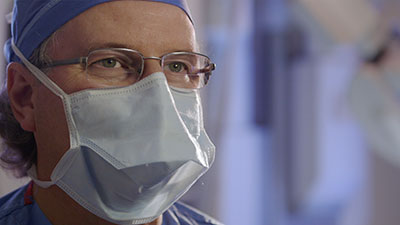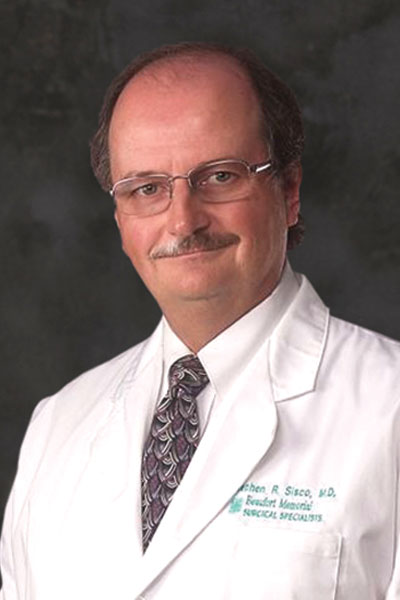A Hernia Primer
January 1, 2021
Hernia repair is one of the most common operations performed by general surgeons in the United States. More than 1 million patients a year — including men, women, children and even infants — undergo surgery for some kind of hernia.
Hernias are most common in the abdomen, but also can appear in the upper thigh, belly button and groin areas. The different types of hernia involve different parts of the body:
- Inguinal: The most common of all hernias. Occurs when intestines or bladder protrude through the abdominal wall into the groin’s inguinal canal.
- Hiatal: Upper stomach squeezes through an opening in the diaphragm into the chest, causing acid reflux. Most common in patients over the age of 50.
- Ventral: The intestine pushes through a scar in the belly. Most common in elderly or overweight people who are inactive after abdominal surgery.
In many cases, a hernia can be repaired without traditional open surgery. The minimally invasive operation is one of a growing number of robotic surgeries being performed at Beaufort Memorial Hospital.
Read More: Recovery After Surgery - Do's and Don'ts
At Beaufort Memorial, the da Vinci Surgical System allows surgeons to operate with enhanced vision, precision, dexterity and control. According to general surgeon Stephen Sisco, MD, of Beaufort Memorial Surgical Specialists, there are significant benefits to the advanced technology, which includes 3-D, high-definition optics and instruments capable of bending and rotating 365 degrees.
“With better instrumentation and visualization, we can perform more complex procedures with better outcomes,” says Dr. Sisco. “For the patient, it means a quicker recovery, less pain, reduced risk of infection and little scarring.”
Start with your primary care provider (PCP) if you're experiencing symptoms of a hernia. If you don't have a PCP, find one who is accepting new patients.

